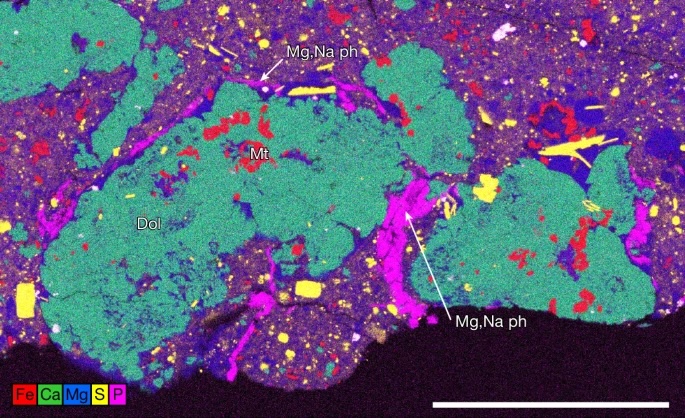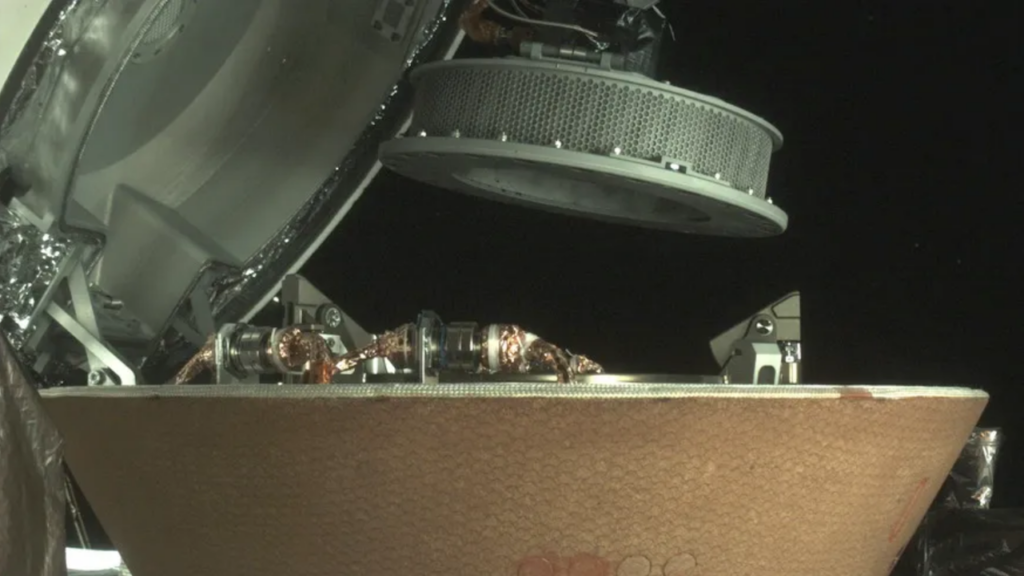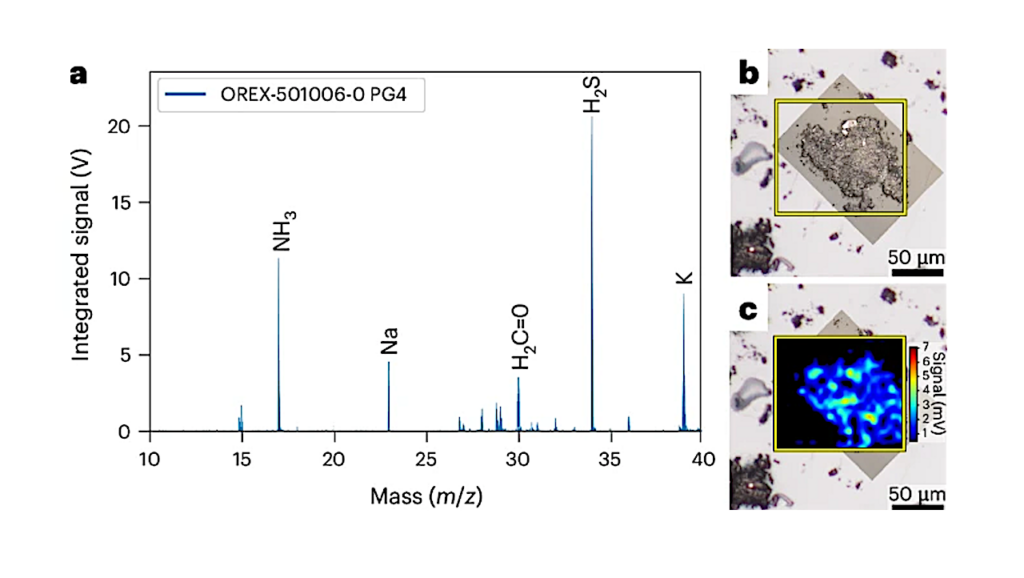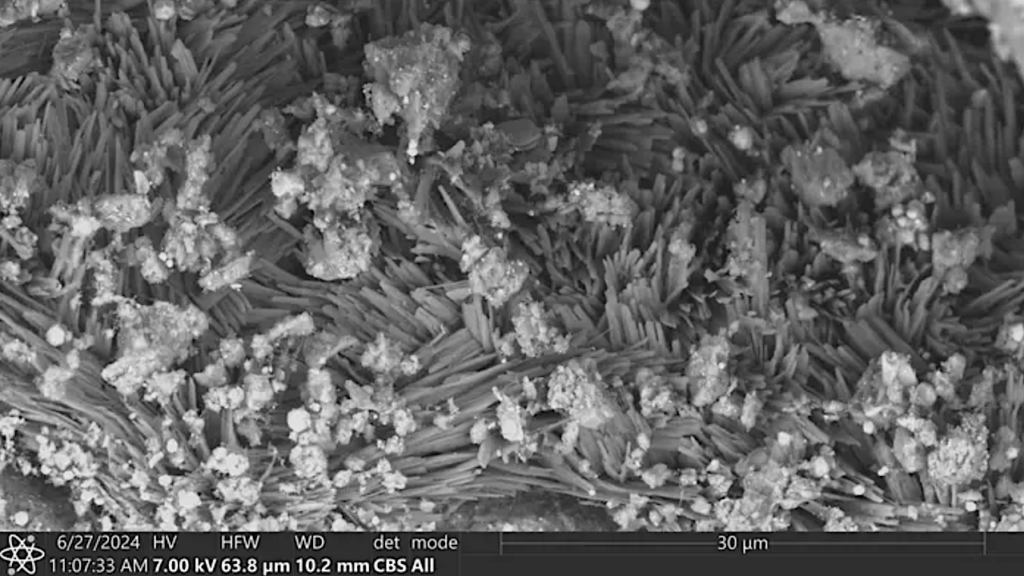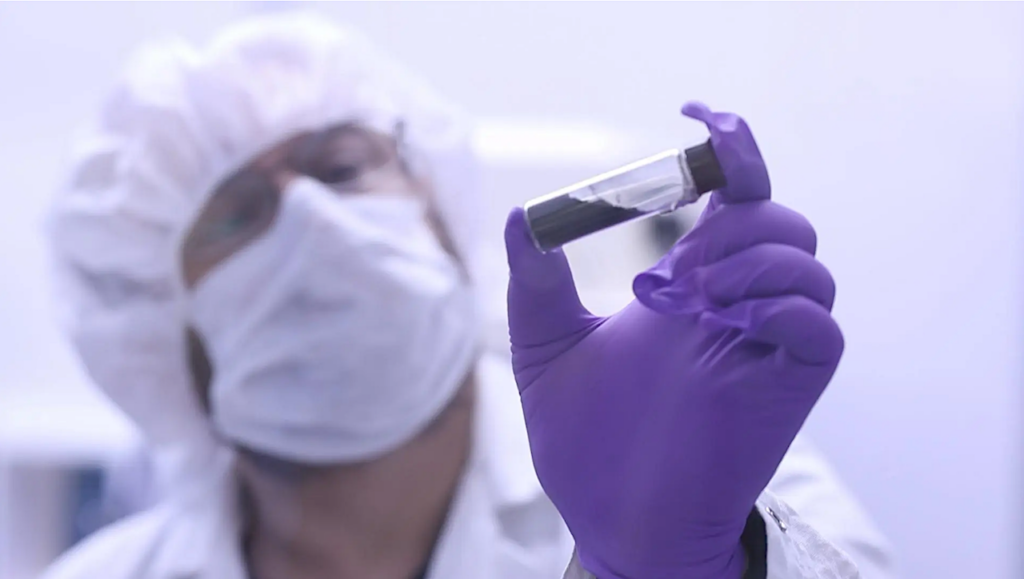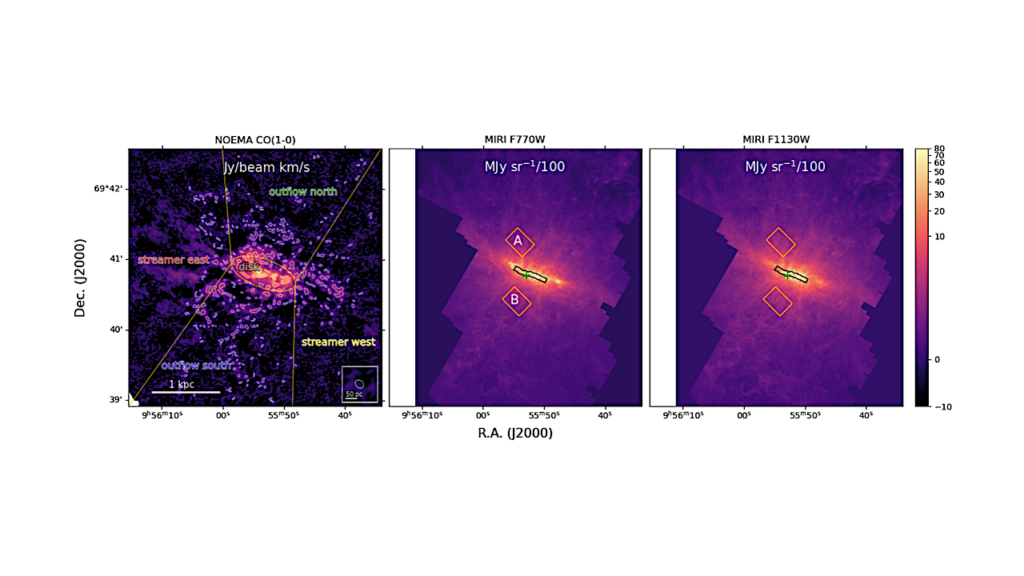Shocking Sgr B2(N1) With Its Own Outflow: A New Perspective On Segregation Between O- and N-bearing Molecules

We want to investigate the influence of the powerful outflow driven by the hot core Sgr B2(N1) on the gas molecular inventory of the surrounding medium.
We used the data taken as part of the 3 mm imaging spectral-line survey ReMoCA (Re-exploring Molecular Complexity with ALMA). Integrated intensity maps of SO and SiO emission reveal a bipolar structure with blue-shifted emission dominantly extending to the SE from the centre of the hot core and red-shifted emission to the NW.
This is also prominently observed in emission of other S-bearing molecules and species that only contain N as a heavy element, including COMs, but also CH3OH, CH3CHO, HNCO, and NH2CHO. For a selection of COMs and simpler species, spectra were modelled under the assumption of LTE and population diagrams were derived at two positions, one in each outflow lobe. From this analysis, we obtained rotational temperatures, which are in a range of ~100-200K, and column densities. Abundances were subsequently compared to predictions of astrochemical models and to observations of L1157-B1, a position located in the well-studied outflow of the low-mass protostar L1157, and the source G+0.693-0.027, located in the Sgr B2 molecular cloud complex.
Given the short distance of the analysed outflow positions to the centre of Sgr B2(N1), we propose a scenario in which a phase of hot-core chemistry (i.e. thermal desorption of ice species and high-temperature gas-phase chemistry) preceded a shock wave. The subsequent compression and further heating of the material resulted in the accelerated destruction of (mainly O-bearing) molecules. Gas-phase formation of cyanides seems to be able to compete with their destruction in the post-shock gas. Abundances of HCnN (n=3,5) are enhanced in the outflow component pointing to (additional) gas-phase formation. To confirm such a scenario, appropriate chemical shock models need to be run.
Laura A. Busch, Arnaud Belloche, Robin T. Garrod, Holger S. P. Mueller, Karl M. Menten
Comments: Accepted for publication in A&A
Subjects: Astrophysics of Galaxies (astro-ph.GA)
Cite as: arXiv:2310.11339 [astro-ph.GA] (or arXiv:2310.11339v1 [astro-ph.GA] for this version)
https://doi.org/10.48550/arXiv.2310.11339
Focus to learn more
Submission history
From: Laura Ann Busch
[v1] Tue, 17 Oct 2023 15:20:00 UTC (8,342 KB)
https://arxiv.org/abs/2310.11339
Astrobiology, Astrochemistry,


